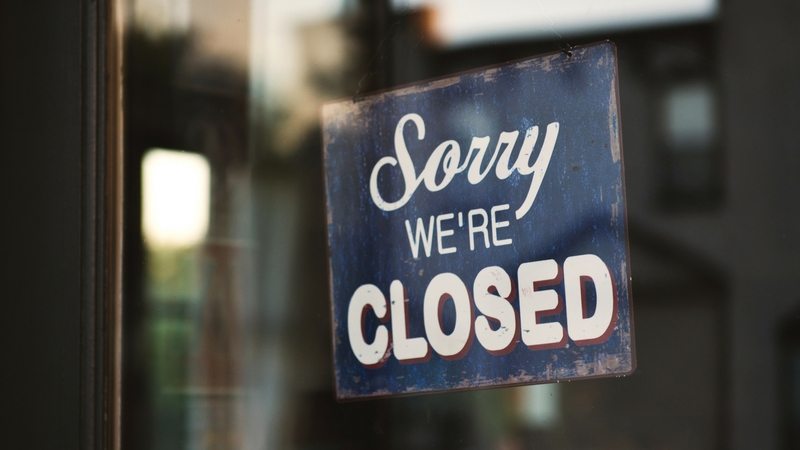Apologies That Win Customers Back
Episode #7 of the course How to win business with memorable customer service by Dream Support
Hi everyone! Today, we’re going to dive into a delicate topic regarding sincere apologies. It is challenging to appear frank over email/chat/Facebook Messenger. And the task becomes even harder when you need to pair your apology with a rejection.
Best Practices
Here are a few tips that will help you manage such situations:
1. See the cause behind the anger. People can get upset and even angry before they reach out for your assistance. This happens mainly because they are afraid you might ignore them. Acknowledging the problem and reassuring them about your understanding of the issue is key. In most cases, you want to avoid formal vibe and opt in for simple yet powerful words of empathy. Switch “apologize” for “sorry” to make your reply more personal.
2. Admit your mistake. If you or your company made a mistake that led to the angry customer, you should admit it and take responsibility. This gesture converts B2C interaction into a person-to-person conversation. Sign your message with a human name, not a company property.
3. If the customer’s complaint made you rethink and improve your customer service, thank them for bringing it up. Inform your customer about improvements you’ve made—it compliments people when they find out their input led to good changes.
Below is an example of a decent email with an apology.
Hi Ashley,
I’m very sorry to hear that you had such a terrible experience with our product. The problem you’ve encountered is really frustrating, and I completely understand your disappointment with the quality of the product.
Although this issue is very uncommon, we would like to settle it for you. You’ll receive a full refund within a week.
Thank you for the detailed description of a problem you’ve experienced. We truly appreciate it. Your opinion helps us grow as a company for people.
Meg,
Head of Customer Service Department
Most Popular Traps
There are several things about apologizing that can put you in a shaky position. You should avoid:
• Apologizing too much. An excessive amount of “sorry” only distracts from your main point, which is to offer a solution. It also diminishes the value of your apologies.
• Accusing the customer. Never blame the customer for doing something wrong. While in fact they might be partially the cause of the problem, saying this to their face will stir up a storm.
• Making unrealistic promises. Never claim to do something you cannot do just to calm down angry customers.
• Claiming the issue to be impossible. Saying “it is impossible” and “no one else has experienced this” is simply denying your customer’s frustration.
• Using cliché words. Write a genuine text every time and this will keep it appealing.
• Building a distance between you and the problem. Do not use vague constructions like “the problem may have occurred.” The problem has occurred, and diplomatic wording will only fuel the customer’s frustration.
This rounds up today’s lesson. Tomorrow, we’ll cover ways to express your appreciation to customers and discuss meaningful gifts and gestures.
See you later!
Valentina
Recommended book
Hug Your Haters: How to Embrace Complaints and Keep Your Customers by Jay Baer
Share with friends

